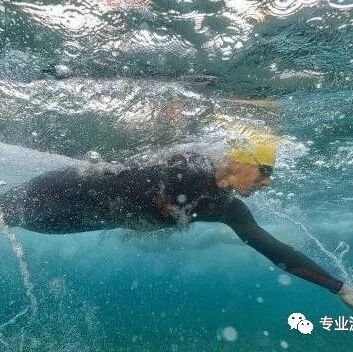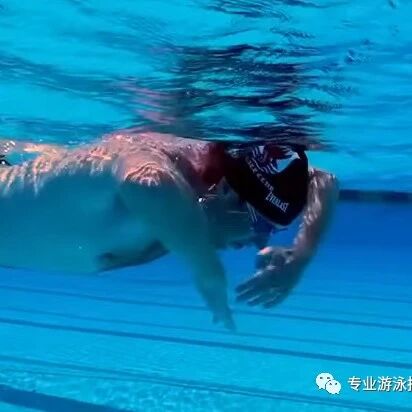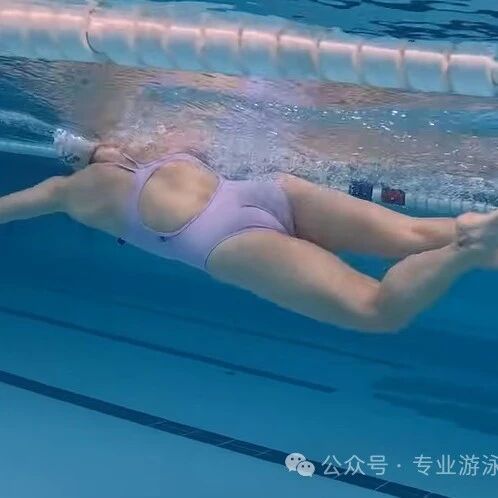The principle of the full-body immersion swimming concept is to swim gracefully and efficiently—moving through the water as effortlessly as a fish, without creating any visible disturbance or sound. Achieving this goal requires precise coordination of the body’s limbs. Take the freestyle stroke as an example: the arm pull combined with the two-beat kick has become a quintessential image, inspiring countless swimmers to learn and emulate it. Yet, at its core, full-body immersion swimming emphasizes flowing with the water’s natural momentum, moving organically and effortlessly—hence the emphasis on gravity-assisted weight transfer, rather than forcefully pushing against the water.
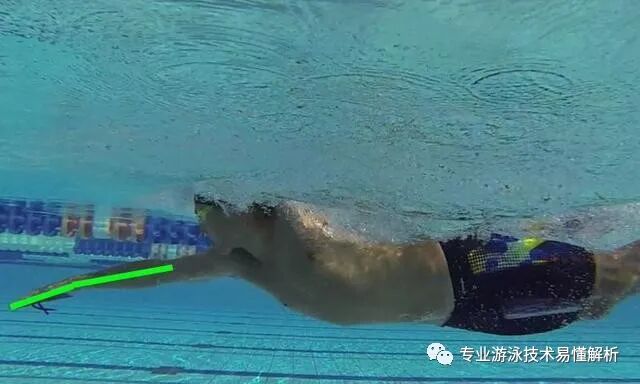
A retired competitive freestyle swimmer friend, upon first seeing the full-body immersion technique, remarked, "This looks easy—can’t I just relax and swim like this to achieve full immersion?" Indeed, he managed to execute a two-beat kick, though his arm movements still carried hints of the traditional pull-and-pitch style. Yet once he started lifting his elbows during the arm recovery, someone swimming nearby asked, "Is *this* what full-body immersion feels like?"
I then asked my friend: "Did you experience that ‘downhill glide’ sensation—the effortless, almost weightless flow as if you were floating downhill? Or did it feel more like walking through water?" He replied, "No, none of that."
So, unfortunately, this wasn’t full-body immersion after all—it was merely competitive swimming with a noticeably slower pace and less dynamic movement.Returning to immersive swimming instruction, here are seven key points you need to understand.
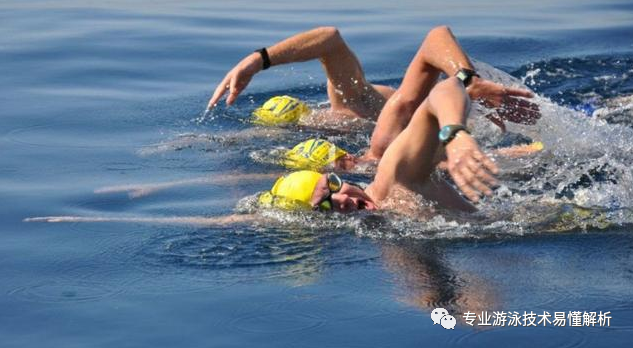
1. Apart from your core strength, every other part of your body should remain completely relaxed.Whether performing a basic sideways glide or a Zen transition, maintain tight core and abdominal muscles, but keep your limbs relaxed at all times. Avoid applying excessive force when stroking or kicking—instead, let your movements remain natural and effortless.2. Don’t rush into practicing the two-beat arm recovery; the key is to smoothly enter the water with your arm movement.While the two-beat arm stroke is a signature image, it can easily mislead beginners. In fact, the two-beat stroke isn’t exclusive to full-body immersion swimming. The emphasis on this technique is actually meant to help swimmers better grasp the fundamental principle of swimming by engaging the entire body. Instead, the key to mastering the basics of full-body immersion lies in mastering arm recovery and entry into the water. When practicing side drifting or sidestroke progression, focus should be placed on sensing exactly where your arm begins and ends its recovery motion, as well as how deep, directed, and stable your arm feels once it enters the water.
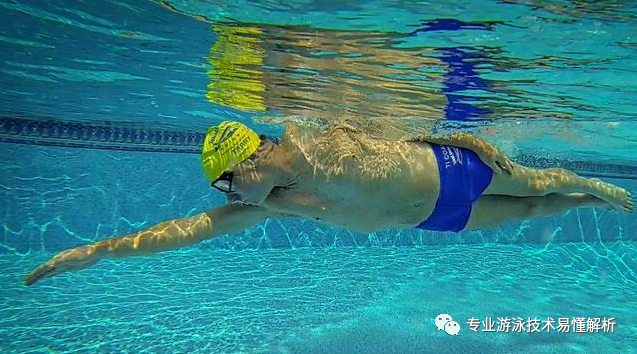
3. Misunderstandings About the Meaning of Swimming Using Physical StrengthMany people, when they first see swimming tutorials mentioning or hear swimming coaches say, "Swim using your body strength" or "Swimming is a full-body workout," immediately assume it means coordinating every part of the body during the swim. While this interpretation isn’t entirely wrong, it misses the real point altogether. After all, which sport doesn’t rely on seamless, full-body coordination? If the statement isn’t specifically about swimming, what else could it possibly mean?4. The essence of movement lies in the shifting of the center of gravity.When people walk or run, they don’t deliberately push down hard on the ground; instead, they use their back foot as a stable support, lift the front foot, and naturally take a step forward—causing the body to move forward effortlessly. Based on this observation, kinesiology experts have proposed the theory that "the essence of movement lies in the shifting of the center of gravity." Building on this idea, a world-renowned long-distance running champion adopted the "postural running technique," viewing the act of running as nothing more than a controlled "transfer of gravitational force." In this approach, one side of the body serves as the supporting point, while the opposite side shifts the body’s center of gravity forward. Under the influence of the body’s own weight, the center of gravity moves ahead, turning the original support point into the new center of gravity. Interestingly, the full-body immersion swimming technique can be seen as the latest breakthrough application of the "center-of-gravity transfer" principle in the realm of swimming.
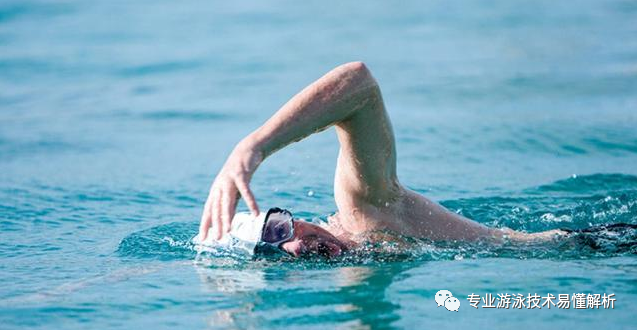
5. When practicing the full-immersion freestyle, think of yourself as a roast duck.Let me emphasize again: apart from engaging your core strength, your arms and legs should appear limp and lifeless—this helps keep your body rigidly aligned. As you pull your arm through the water, allow it to fully relax, enabling gravity to do its work effectively. When your arm reaches overhead, you’ll feel it naturally "dropping" toward the water below. At that moment, kick powerfully with the opposite leg to push your body upward. Together, these opposing forces create a smooth, natural side-to-side rotation around your body’s central axis—much like a perfectly roasted duck gently rolling off the grill under the pull of gravity.6. Pushing the water is simply going with the flow—don’t apply force.The arm movement creates a shift in the body's center of gravity, which is further enhanced by the kicking action of the legs. As this transfer nears completion, the arm naturally sweeps backward with the elbow high above the water—resulting in a smooth, seamless sequence throughout the entire motion. Throughout this process: the forward-reaching arm remains firmly stable as a supporting point, while the moving arm leverages gravity to help shift the body’s center of gravity forward. At the same time, the sweeping arm continues its stroke effortlessly in harmony with the rest of the movement.
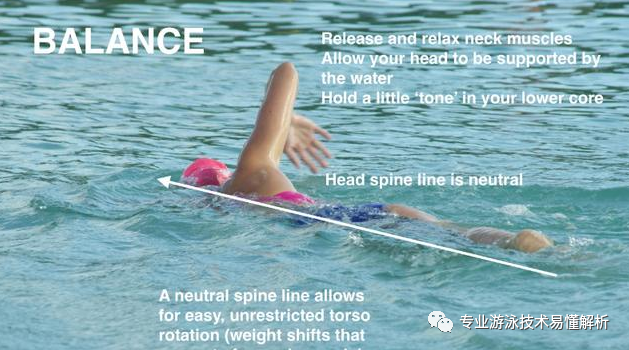
7. Directions for Advancing Fully Immersive Swimming
Further improvement requires consistently identifying the optimal timing for shifting your center of balance—specifically, transitioning the leg kick from being driven primarily by the legs to engaging the hips, and eventually relying on core power. As the coordination between the leg kick and gravity-based weight transfer becomes even more seamless, your full-body immersion swimming technique—and consequently your speed—will continue to advance.Treat your legs as arms and your feet as hands—picture yourself swinging a badminton racket: turn your body, engage your core, and let the power flow smoothly from your arm through your wrist, building up continuous rotation and acceleration until, at the very end, the force explodes in that decisive, powerful swing. Similarly, the most effective leg action in kicking resembles this exact sequence: twist your body sideways, activate your core, and channel the energy down your legs, transferring it all the way to your ankles. As your foot continues its rotational motion and accelerates, the force finally bursts forth at the moment of impact—creating a perfectly executed whip-like kick.





